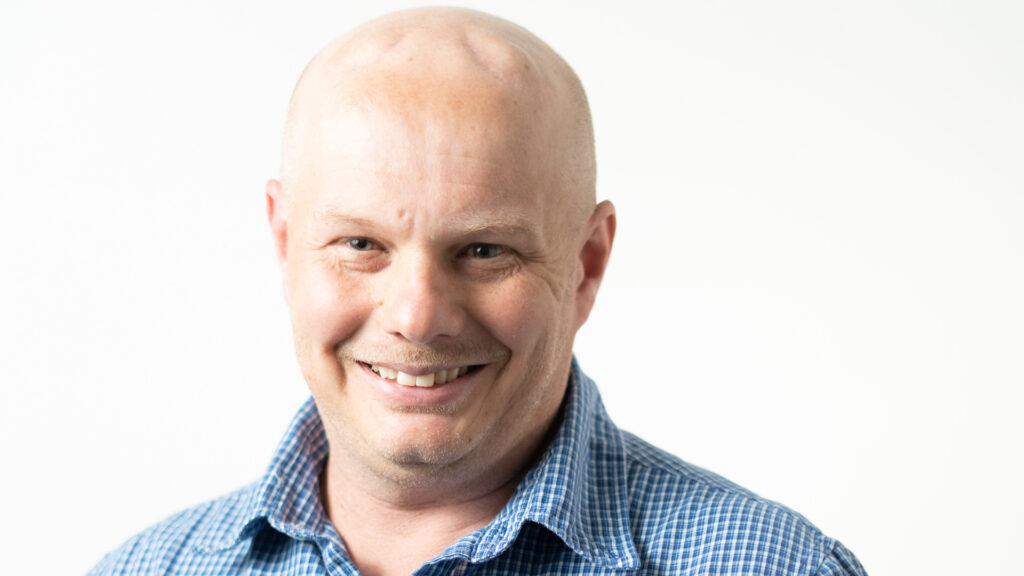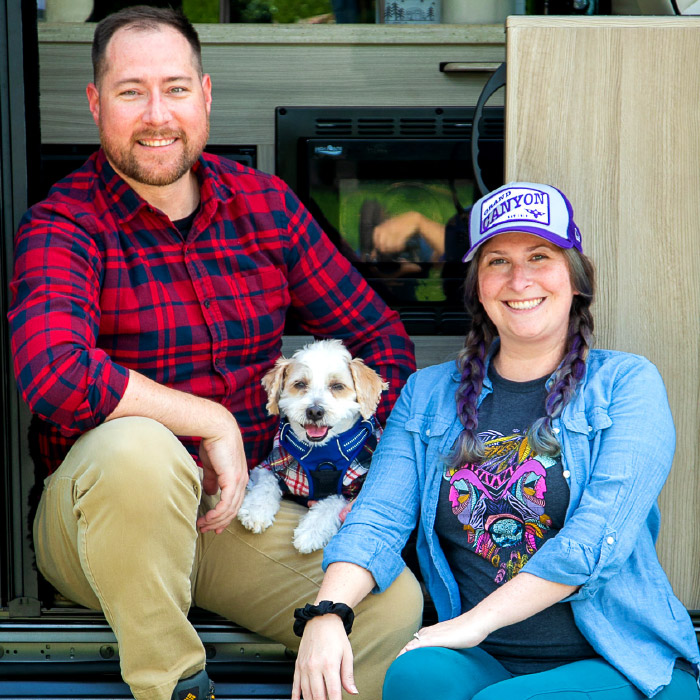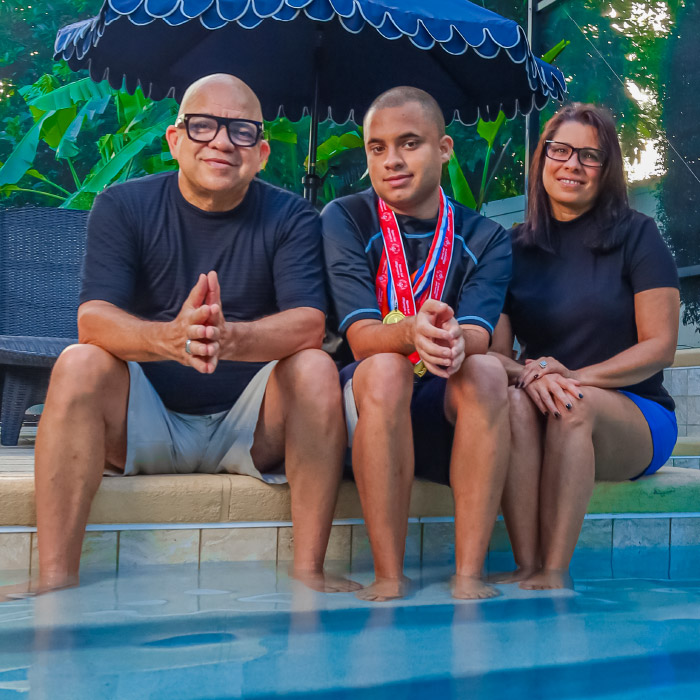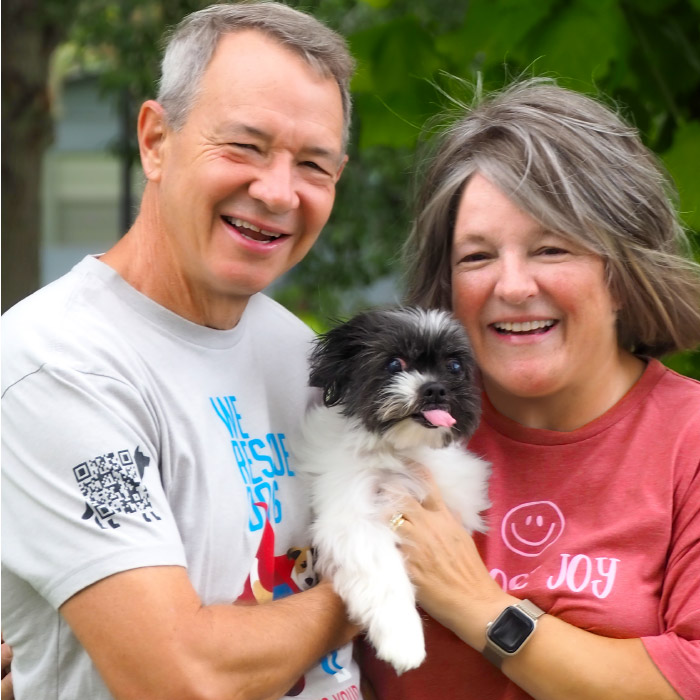Oh, Well!
Unshakeable
John Colwell is running headfirst into a thriving life with early onset Parkinson’s disease.
- Heather Anne Lee
- Fred Lopez
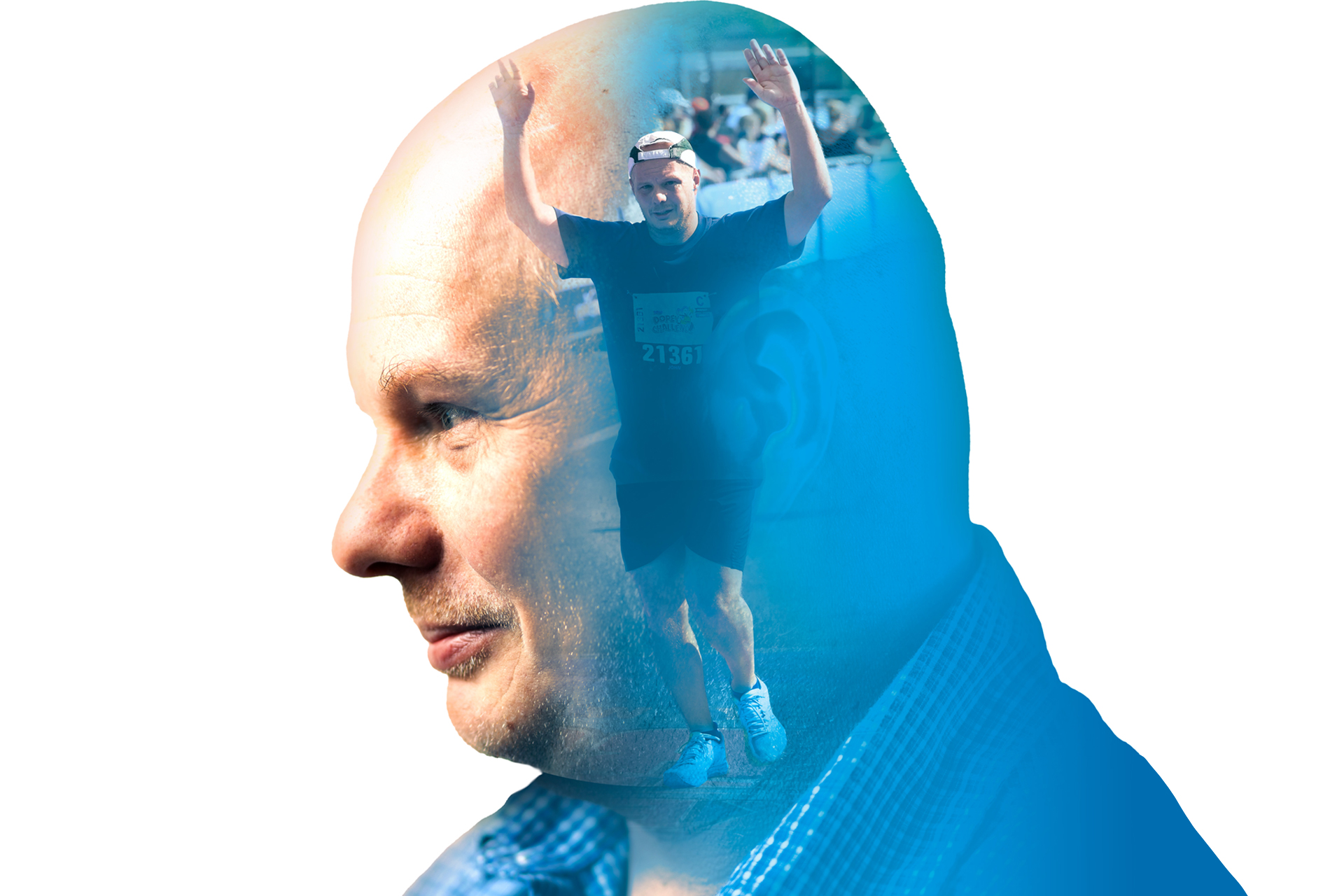
John Colwell’s 36th year started just like any other. A barrage of phone calls. Heaps of math homework to grade. Maybe a marathon or two. But halfway through 2012, John received news that stopped him in his tracks.
“I was physically healthy, but I started experiencing tremors and uncontrollable shaking. They thought I was having seizures.” He had spent the last year and a half searching for answers—primary care physicians, three neurologists, and dozens of tests for multiple sclerosis, lupus, all the neurological issues, to no avail. That is until he got that last call.
The culprit? Early onset Parkinson’s disease (PD). And being diagnosed at the age of 36? Unheard of, or incredibly uncommon. Even Michael J. Fox, who was diagnosed at 29, was an anomaly.
For many people, the diagnosis would feel like the end of their world, but for John, an avid runner, it was only a change of pace.
“At first, everything was the same,” says John’s wife, Susan. “John was teaching math, but it was very stressful and would cause all his symptoms to get worse. So he had to walk away from the classroom.”
At the same time, the neurosurgeons were fast-tracking John to have a surgery called deep brain stimulation (DBS). A surgeon places thin metal wires in the brain; these wires send electrical pulses to the brain to help control some motor symptoms. Although it’s not recommended for everyone with PD, John was an ideal candidate.“I have a battery-operated brain, literally,” John chuckles.
Runner’s High
Because Parkinson’s disease is a progressive neurological disorder, it affects the nervous system and the parts of the body controlled by nerves, resulting in tremors and movement challenges. With no known cure, the best hope is to slow down the progression of the disease as much as possible. For John, this emerged in the shape of diet and exercise.
“When you really break it down, there are three things with Parkinson’s that are major when it comes to slowing progression. One is taking the properly prescribed medicine. Two is diet, and three is exercise—those three things, especially when done together, can have great results. For me, especially, exercise has been the key. I have to do at least an hour of intense exercise every day to feel better.”
John explains that with Parkinson’s, anxiety and depression are very common, thanks to lower levels of serotonin. Fail to exercise every day, and the body will start to lose the dopamine that has been built up in the brain.
“What happens is I finish a race, and I’m feeling awesome. But like an hour later, I can barely move. Because there is no dopamine level, it just crashes. Then I literally have to start from zero to build those levels back up. In order to prevent this, I have to exercise every day.”
Thankfully, for this ardent marathoner, this is the best part. “Running for me is different from those who are newly diagnosed. It’s been part of my life for so long, I just fade off. It’s almost like meditating, where I can just relax and run. It has also helped me connect to my own community, like with the Michael J. Fox Foundation. It has helped me a lot, and what’s weird is that I have friends now that I would never have if I didn’t have Parkinson’s.”
– Jeremiah Bradford
Owner and Doctor of Physical Therapy at Unified Rehabilitation
For John and Susan both, the real remedy has been the relationships they’ve made with others who share the disease. After watching John slide into depression, Susan says, “I dragged him to a fundraiser called Pints for Parkinson’s. There, we met Tonya. She’s a little older than John, but for the first time, he saw somebody that was just like him. She gets dyskinesia like him, where they just start to have uncontrolled, involuntary movements—and that’s a response to the medication that they have to be on. But just meeting someone who could truly relate to what he experienced … it was powerful.”
John agrees, “It was gut-wrenching at first. Whenever I went to my doctor’s appointments, I always saw people that were older. That’s the hard part too, is that everyone has a connection, but a lot of the time it’s ‘my grandfather had …’ or ‘my grandmother had …’ There’s an age difference in the community that makes it difficult. Meeting Tonya, and others since then, makes you feel like you aren’t so alone.”
Jeremiah Bradford, owner and Doctor of Physical Therapy at Unified Rehabilitation, specializes in working with people who have Parkinson’s disease. He says that isolation is a really big issue with his clients, which is why so many of his programs are group based.
“When you initially get the diagnosis, you might feel helpless, hopeless, angry, and ask, why me? And that’s a very understandable and fair reaction. But I tell everyone I meet with PD, the disease does not define you—you define you. Once you embrace that, you can start to fight back. The best ways to do that are exercise, joining community groups for staying social, and finding your tribe. Seek out PD-specific programs like LSVT BIG and LOUD and Rock Steady Boxing. Not only do you get exercise, but you meet people who experience similar or the same things you are. It’s empowering to know you aren’t alone.”
Empowerment is something John knows all too well. “Being diagnosed at age 36, my life was turned upside-down. I mean, literally. We had all these grand plans that took a backseat. But now, at 47 years old, I just laugh and enjoy life. Susan and I took a complete detour early on, and it’s not worth getting frustrated about the little things you can’t control. I always tell people, you can’t change the diagnosis. At this point, you can either live or do nothing. I choose to live.”
Wellness Counts
1M+
people in the U.S. are living with Parkinson’s disease (PD). This number is expected to rise to 1.2 million by 2030.
2nd
Parkinson’s is the 2nd most common neurodegenerative disease after Alzheimer’s disease.
90K
people in the U.S. are diagnosed with PD
each year.
10M+
people worldwide are living with PD.
4%
of people with PD are diagnosed before age 50.
